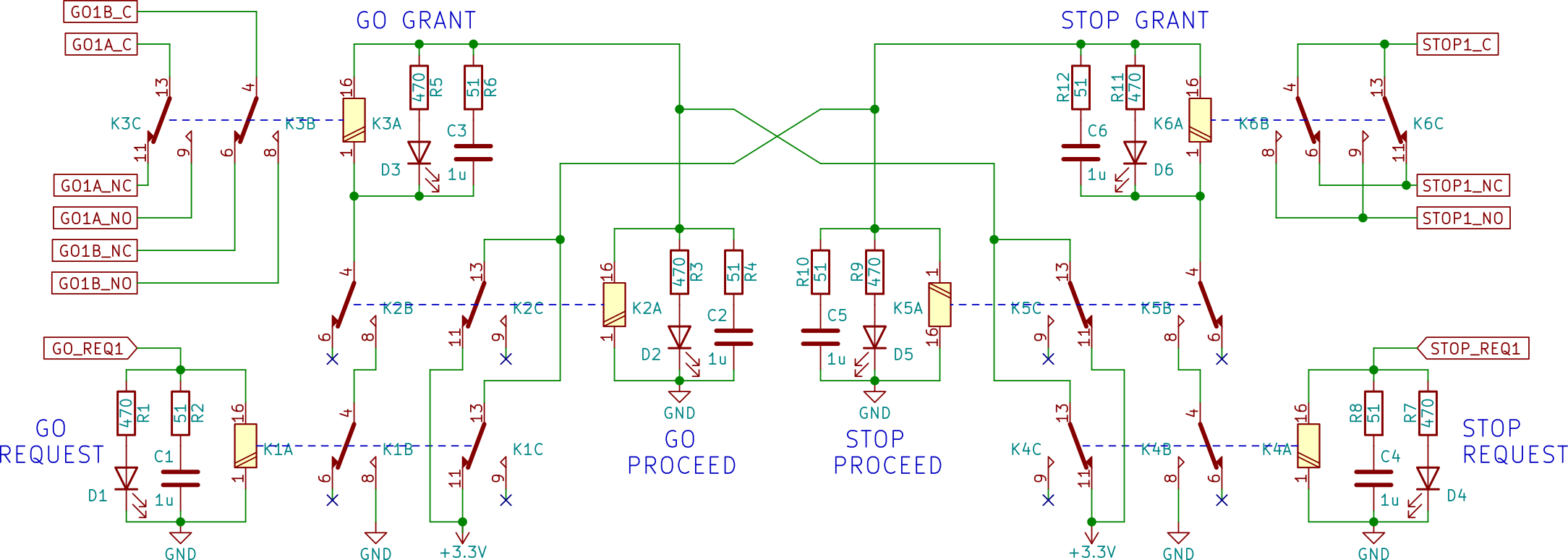If you want to use the C-element in arbitration / asynchronous logic, then a so-called MrGo circuit - a Seitz arbiter with an anti-metastable element - is a much more robust solution.
Below is a tested 2-input Seitz arbiter design for armature relays. Diode snubbing is not recommended, since it slows everything down. R-C snubbing is the way to go. On low-voltage relays, the external resistor may be necessary. On most relays, though, the internal coil resistance provides all the attenuation needed, and only an external capacitor across the coil is needed.
I've ran this circuit for about 200E6 cycles at 50Hz using 3-decade-old NOS Japanese armature relays whose contact life was rated only for 1E6 operations. It ran without mis-arbitrations throughout the entire test. Eventually I just got tired of the buzzing and turned the test bench off.
The relays were 3V coil 0.5W monsters, but it will work just the same on 12V and 24V relays - just adjust the snubber and LED state indicators.
The design of the arbiter is a reimplementation from CMOS after Marly Rocken & al., after Seitz's arbiter.
The first request to come in "wins", and gets granted. While either request is active, if another request comes in, it gets deferred until the original request is removed.
When two requests arrive at once, one gets granted, but it's indeterminate which one. In practical terms with relays, the initial behavior favors one side when both requests are driven from the same source. Eventually, as the relays get hot, both sides of the circuit start to balance out in terms of speed, and the grant selection becomes chaotic/random.
I'm using this one in a larger design of an asynchronous relay computer, where it is used to condition all asynchronous external inputs, such as clock stopping, front panel toggles and test and debug (per Marly Roncken, Swetha Mettala Gilla & al.).

